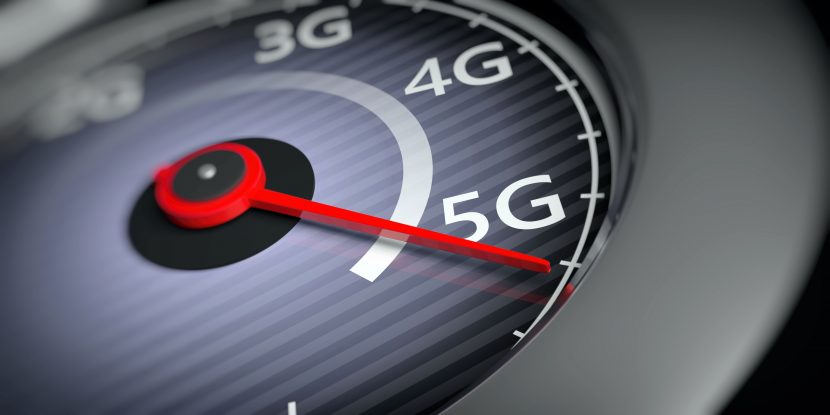5G Is Damned Expensive and Not Here–Really

At the end of 2019 Ericsson estimated the number of 5G subscriptions to be only 12 million. Projections for the end of 2020 hover at a mere 84 million. Even if 2021 sees the projected 600+ million subscriptions, 5G will remain only a small fraction of all mobile subscriptions.
Over the last decade, we’ve seen 4G mobile subscriptions rise to over four billion. In that time it has shaped how we communicate, and connected the world to a degree previously unimaginable. 5G promises an even more dramatic range of applications and effects – however, it just isn’t here yet.
The Bumpy Road
5G adoption looks likely to take a similar track to that of its predecessor, 4G–including some of the same stumbling blocks, many of them even more dramatic this time around. Operators will need to deploy vast numbers of new base stations (AT&T estimates at least a doubling of the current number) and engage in a great deal of infrastructure upgrades.
The transition to 5G will also depend on customer willingness to upgrade their handsets, handset manufacturers choosing to include 5G capability, and then customers actually wanting to pay for pricey 5G subscriptions. This means there will be considerable costs in the near-term for both operators and customers.
The Costs
Early adoption of most new technologies is often hampered by the problem of high costs. 5G handsets remain in the range of $1000 and many top-range devices such as the latest iPhones still lack 5G support (though by the end of 2020 this is expected to change). The steep cost of 5G modems will also dampen quick adoption in the IoT world.
The connectivity craze sweeping the industry in recent years may need to temper its expectations for 5G’s IoT applications. It is also worth noting that 4G can and will satisfy most IoT demands until narrowband technology is fully supported within the 5G standard, a process that will begin only with 3GPP Release 16. A report by CCS Insight estimates 5G IoT connections will not take off in large numbers before halfway through the 2020s.
NSA
We must also remember that many current 5G users are operating on the first wave of new networks and devices, termed Non-Standalone (NSA), in which they might be connected to 5G frequencies but are still using 4G core infrastructure (which may seem faster because it is isolated and uncongested). In simple terms, this is like cheating – customers think they’re getting all the benefits of 5G but are instead halfway between generations. 5G speed, 5G bandwidth–4G latency.
Who’s in the Lead?
South Korea is currently the leader in 5G adoption, with 7% of all subscriptions being 5G already. However, the South Korean government’s call for cheaper 5G in order to encourage expansion has met little success. The rest of the world lags far behind. China may buck this trend with impressive early adoption thanks to the sheer scale of the Chinese market as well as the presence of important players like Huawei.
5G subscriptions in China will probably greatly outnumber those in other regions attempting an early adoption of the technology. For the US and Europe, 5G is only now making an entry–playing catch-up to China and Korea is no easy task. Even with the EU’s lofty schemes of deploying 5G via public-private partnerships taken into consideration, they are expected to lag at least a year behind China in network rollout.
The Prices Though
It remains to be seen how operators solve the problem of high prices delaying customer adoption of 5G. Customers currently on 5G subscriptions use, on average, three times more data than those still on 4G. As of now, unlimited data 5G subscriptions can be up to $100 per month depending on region and operator – a price that only a small fraction of mobile users are willing to pay.
For all the excitement and bluster around 5G, the truth is that the fledgling technology has yet to take hold in any big way. It will remain a small share of subscriptions for the next few years as operators, and governments alike all grapple with the challenges of rollout and adoption, as well as convincing consumers to part with their hard-earned money for pricey handsets. So relax, if you don’t have a 5G mobile already, you’re not a fossil.
Categorised in: Blog
